It may seem less than economical to grow your own onions and potatoes, however, the taste of these fresh vegetables more than return that investment. It takes only a minimum of effort which will lead to a bountiful harvest. In this article we will discuss a couple of different growing tactics as well as planting, fertilization, and harvest.
Due to the possibility of transference of disease and other factors, onion sets and seed potatoes must carry certification from the Idaho Department of Agriculture. This can limit some of the varieties that are available. Do not fret though, even common varieties will have a great and unique flavor in the home garden.
The first stage will be the preparation of the soil or growing medium. For those who will be planting directly into the ground it is a good idea to work compost, preferably a forest or Claybuster, along with some soil sulfur and bone meal prior to planting. A quick trip to our nursery and we can help you decide quantities and mixing ratio for success. Now if growing above ground a variety of approaches can be used, such as: raised beds, containers, weed fabric sacks, and even old tires. The idea behind growing above ground comes with several advantages. These include the ability to better control growing medium and fertilization as well as easier harvests and in many cases conservation of gardening space. With these methods a great deal of different potting mediums can be used. It is best to consult with us to help you decide what will be the best and most economical path for your endeavor.
We should discuss the ways to plant onions. Onions have three stages that they can be started from. The seed stage will be sown at a depth of a quarter inch around a month before last frost (or midsummer for a fall harvest). Starting from seed will most likely result in onions ranging from greens to small in size. The seedling stage usually comes in packs jammed with many starts. These should be separated and planted with just the white below soil level. Seedlings should yield onions small to medium in size, sometimes large if started early, and can be planted as soon as frost stops. The last stage is an onion set, basically a small onion, which can be planted approximately a month before last frost at a depth of one to two inches (Depending on bulb size). An onion set should yield medium to large onions. As a note it is important to remove any attempt at flowing while the onion is growing because the energy of the plant will be directed there.
Onward to planting potatoes. Potatoes are sold in a seed potato form that basically looks like a regular eating potato. This is then cubed into pieces containing between one and three eyes. These cubes are then left to dry for one to two days, away from direct sun. These are sown at a depth of about four inches around six weeks before the last frost. A watchful eye should be kept out for Colorado Potato Beetles, as the name implies, you might be able to guess their favorite food.
Watering can be crucial. Usually a healthy garden will need to stay moist in the beginning and finally when established be able to handle some drought. Our experience has been that some gardens are doomed with a “killing it from kindness” approach. Root crops such as onions and potatoes can be specially sensitive to the application of excessive water due to the possibility of root rot. This can be greatly increased or reduced by two simple variables: frequency/duration of watering and the growing medium.
A good growing medium is often sufficient for growing onions and potatoes, however, with proper fertilization the bounty can be increased significantly. The fertilization can range from combating our alkali soil to pumping maximum growth and productivity in our garden. We can range this application from light to aggressive organic or not. It would be best to discuss your personal gardening goals and interests with us to allow for the best possible program on this front. Also, it is essential to monitor the plants’ health and take samples to the nursery early if anything suspicious occurs. Fast diagnosis is often key to recovery and the ultimate goal of a tasty and abundant harvest.
Harvesting is fairly simple for these two crops. Potatoes are generally dug with a spade starting a safe distance from the plant and slowly working closer so as not to damage the edibles. This can sometimes be avoided with above ground methods that allow a full to segmented harvested without a shovel. Onions on the other hand need to have the tops snapped and laid over at the soil line. By damaging the green but allowing some to remain attached the plant will bring energy from the green to be stored in the desired root. This should be done approximately two weeks to harvest.
Hopefully you will enjoy bringing these two culinary classics to life in your backyard. The flavor and freshness should be exquisite. As always feel free to come to the nursery with any questions or concerns on your garden. Thank you and best of luck in your quest for fresh sustenance.
